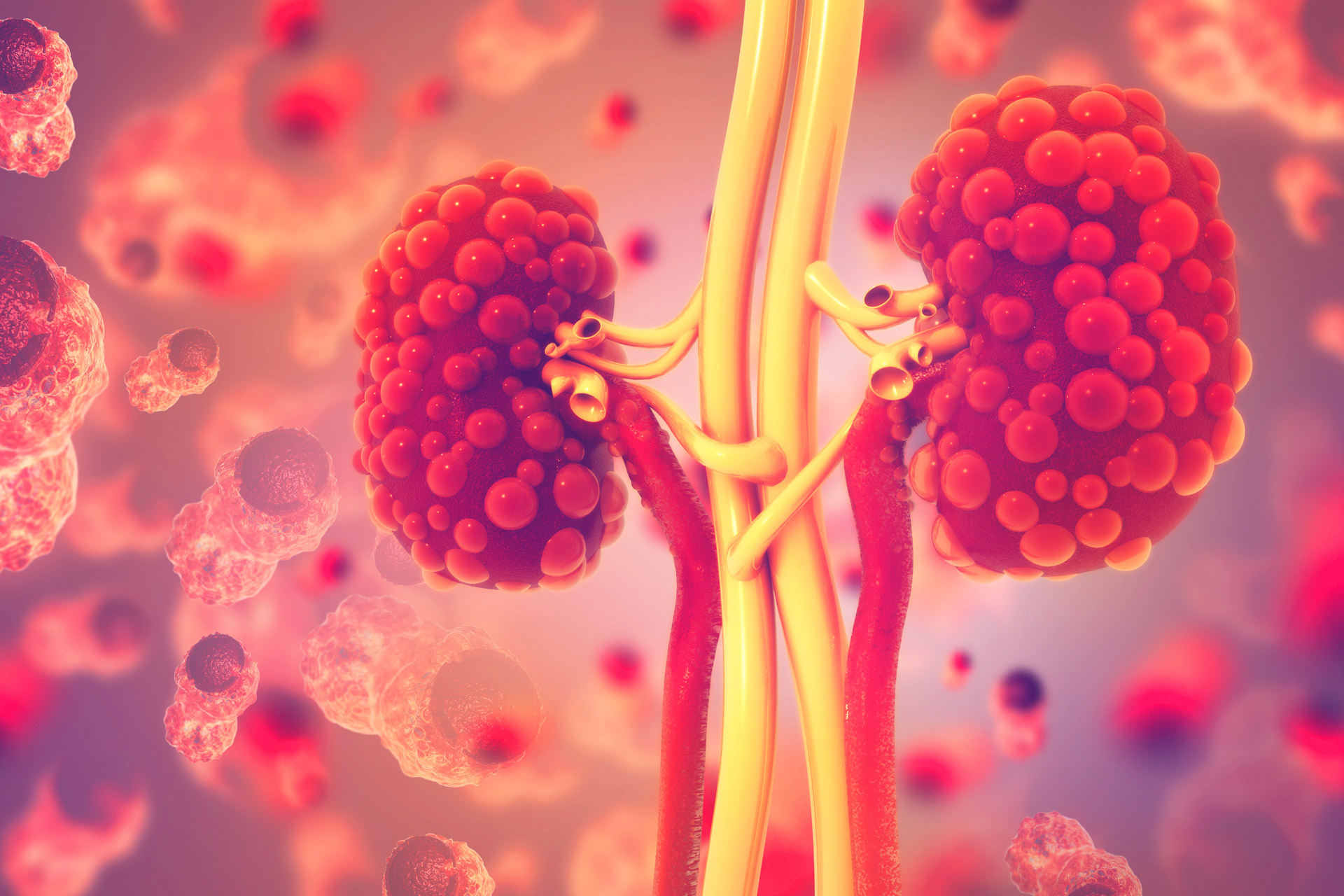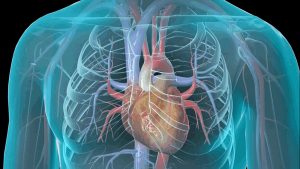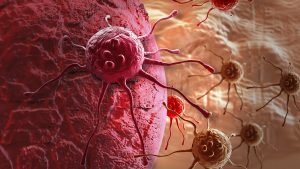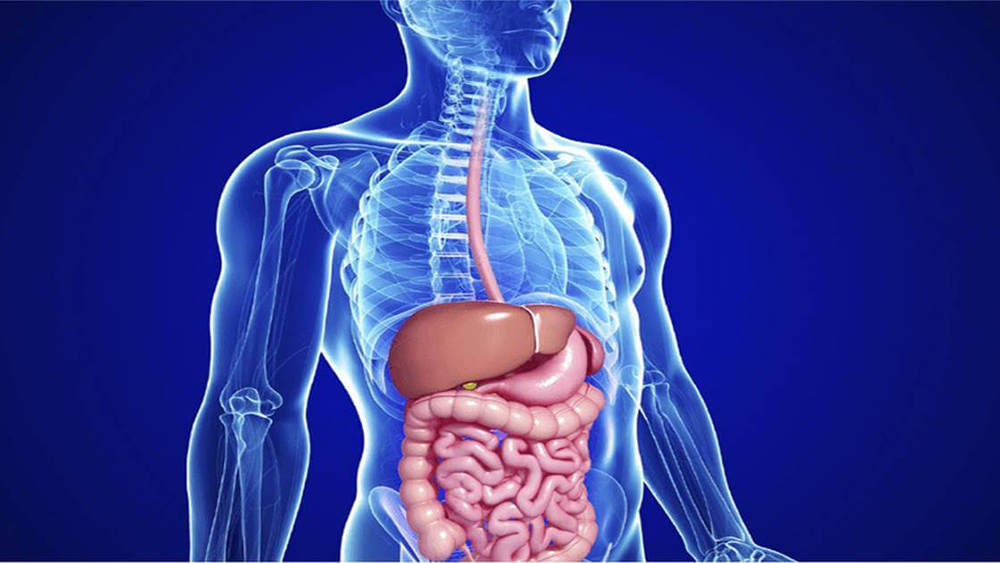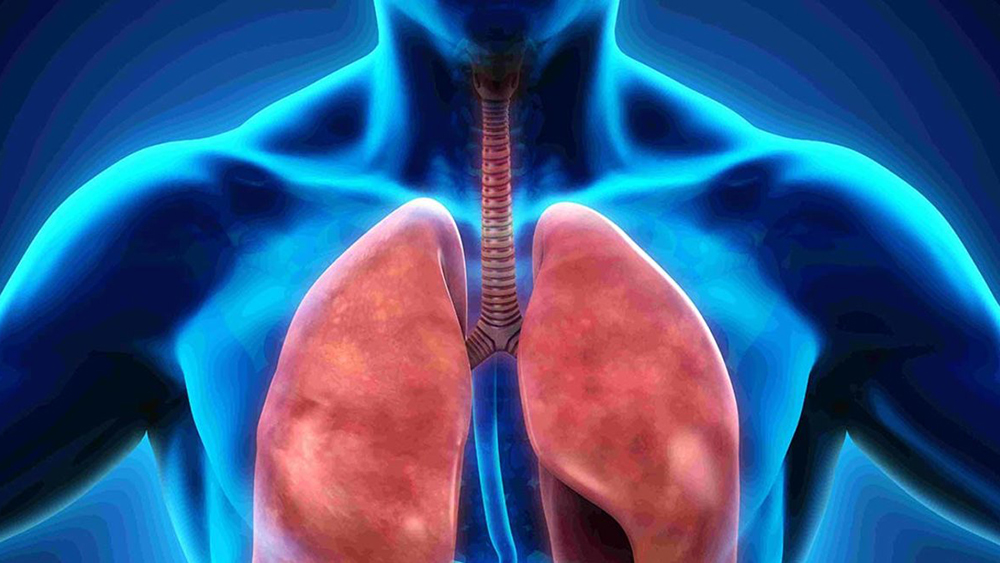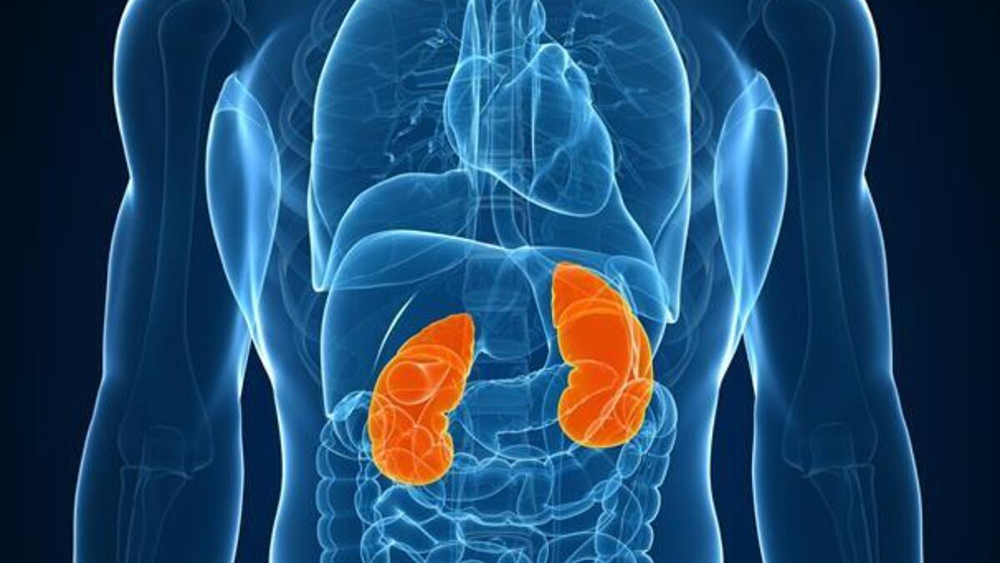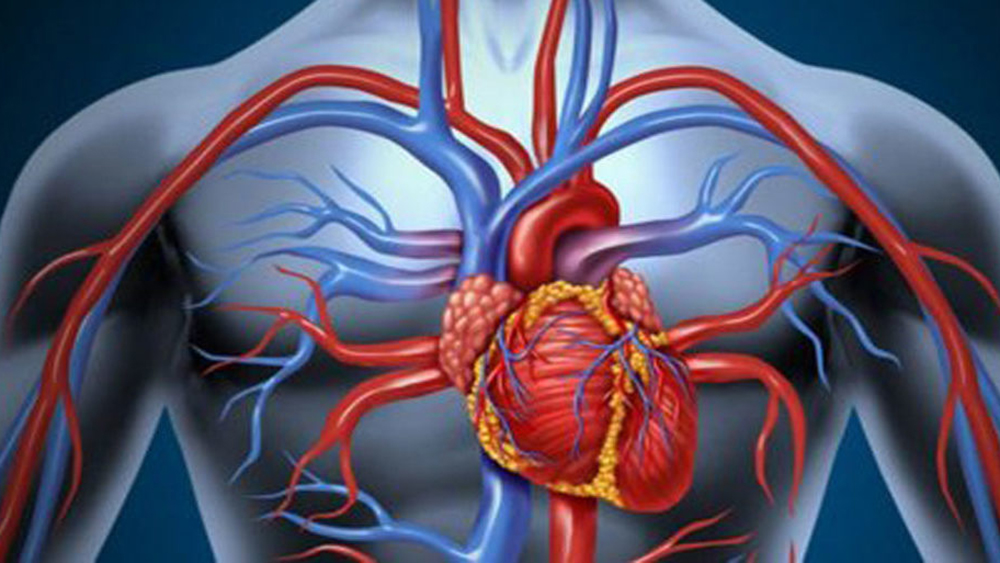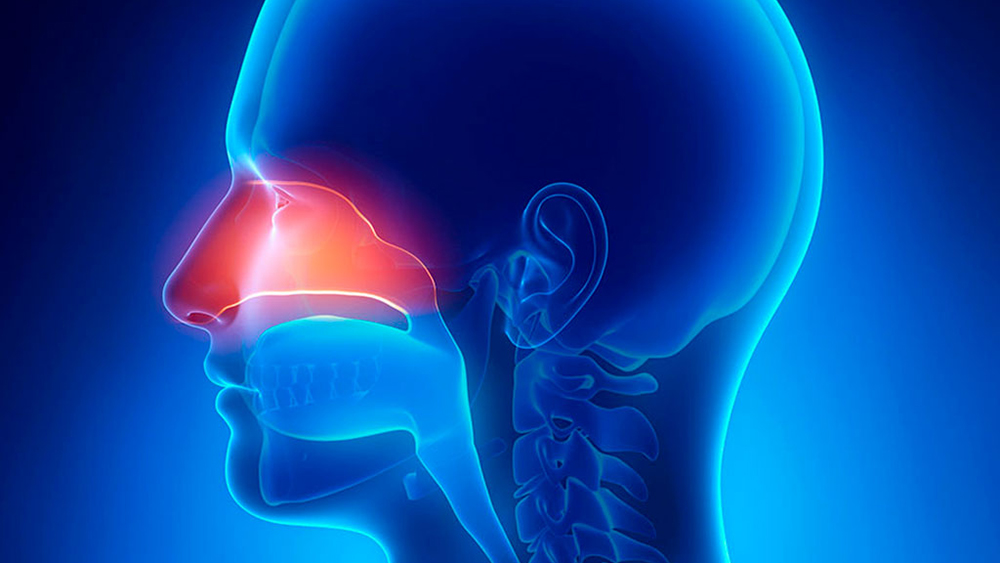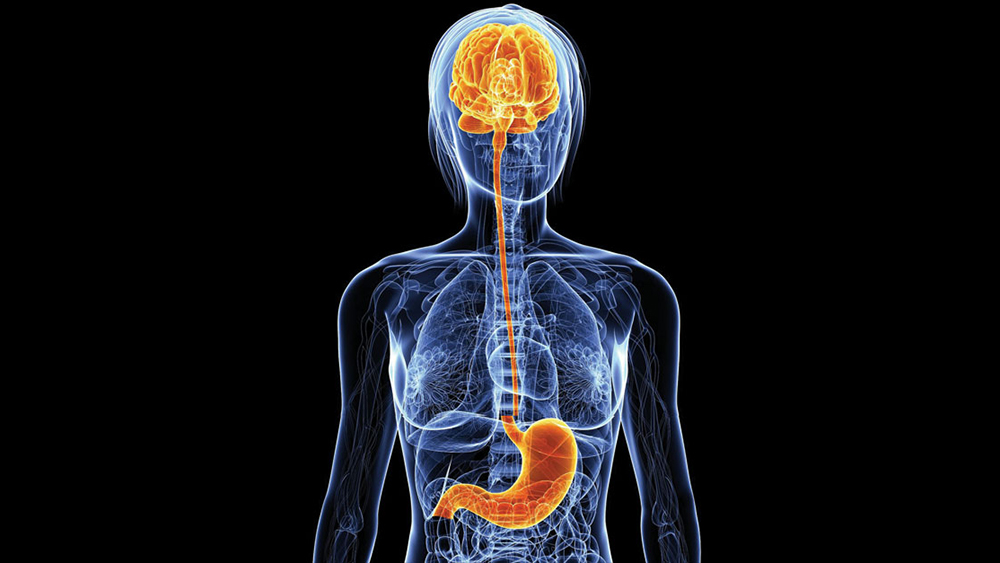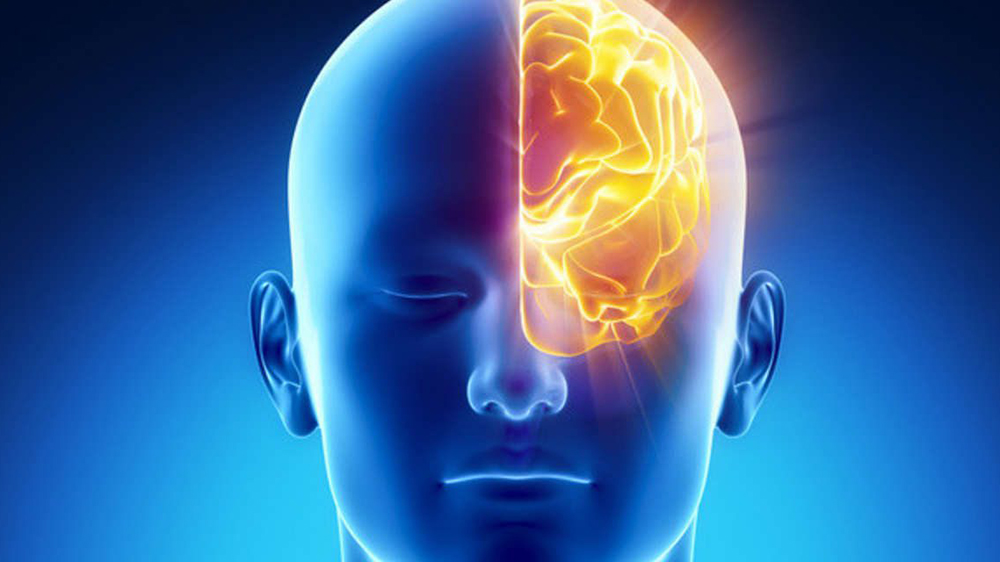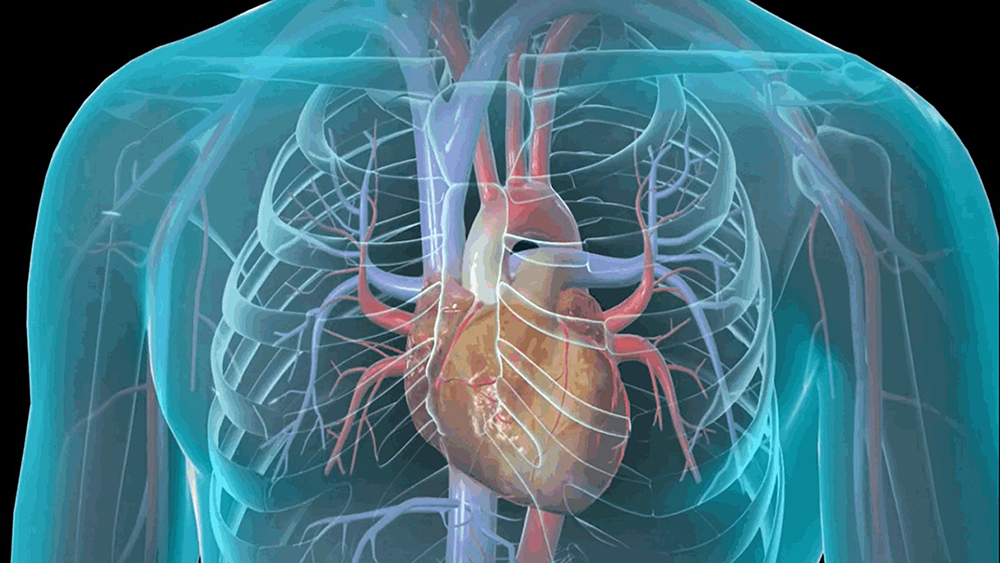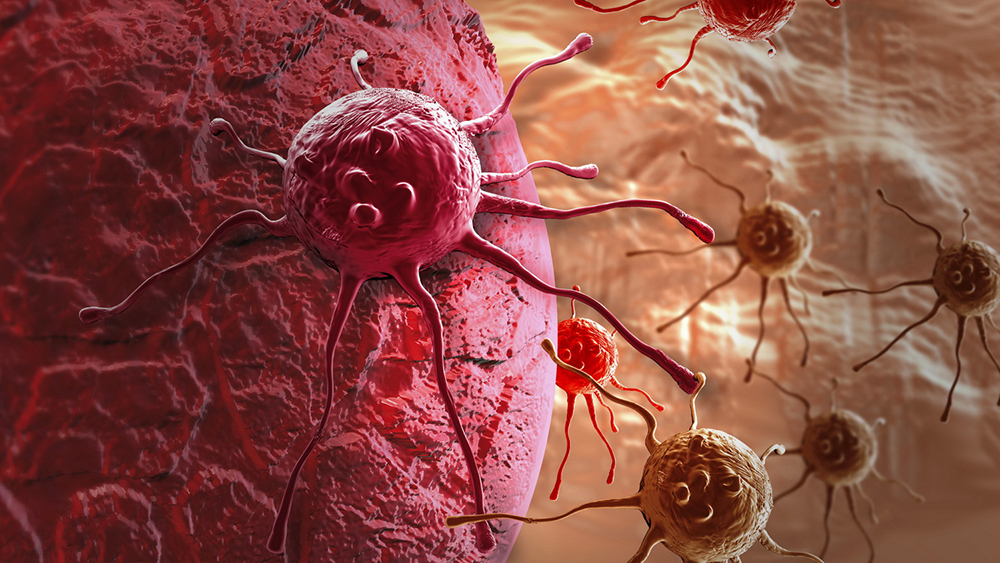
Infectiology
Video Channel


Hay fever (allergic rhinitis)
Summary È una reazione allergica al polline. Il polline è una polvere fine che proviene da alberi, erba ed erbacce.Persone diverse possono risultare allergiche a diversi tipi di polline e

Tonsillectomy
Summary This routine outpatient procedure is used to remove the tonsils, the large glands located in the back of the throat to defend and protect against external infections.In some people
Magazine
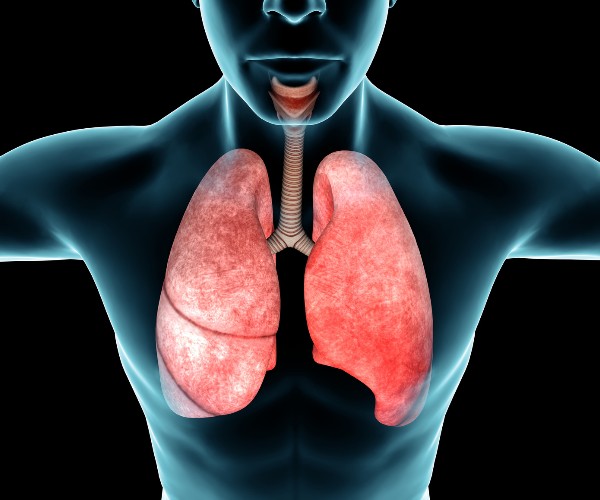
Pulmonary fibrosis
Pulmonary fibrosis is a chronic, debilitating and severe respiratory disease characterized by progressive deterioration and “scarring” of lung tissue, which reduce respiratory capacity and gradually make it more difficult to

Pleuritis
Pleurisy is a respiratory disease characterized by acute irritation and inflammation of the pleura, the two-layer membrane that surrounds the lungs and separates them from other organs and fluids in
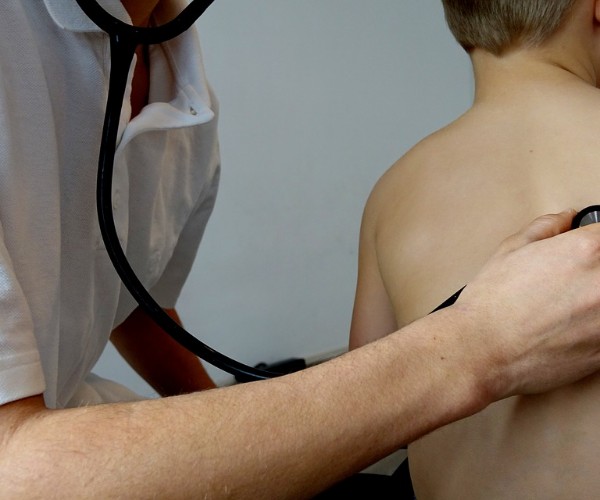
Bronchitis
The term bronchitis refers to an acute inflammation of the trachea and bronchi that generally arises as a result of a viral or, more rarely, bacterial infection. In overall healthy

Influence
Seasonal influenza is an infectious disease of viral origin that is transmitted by the respiratory route through virus-laden vapor particles released into the air by infected individuals through breathing, coughing,

Bronchial asthma
Bronchial asthma is a chronic respiratory disease brought about by persistent inflammation of the airways, particularly the bronchi, which generates hypersensitivity to a variety of stimuli that, when present, result
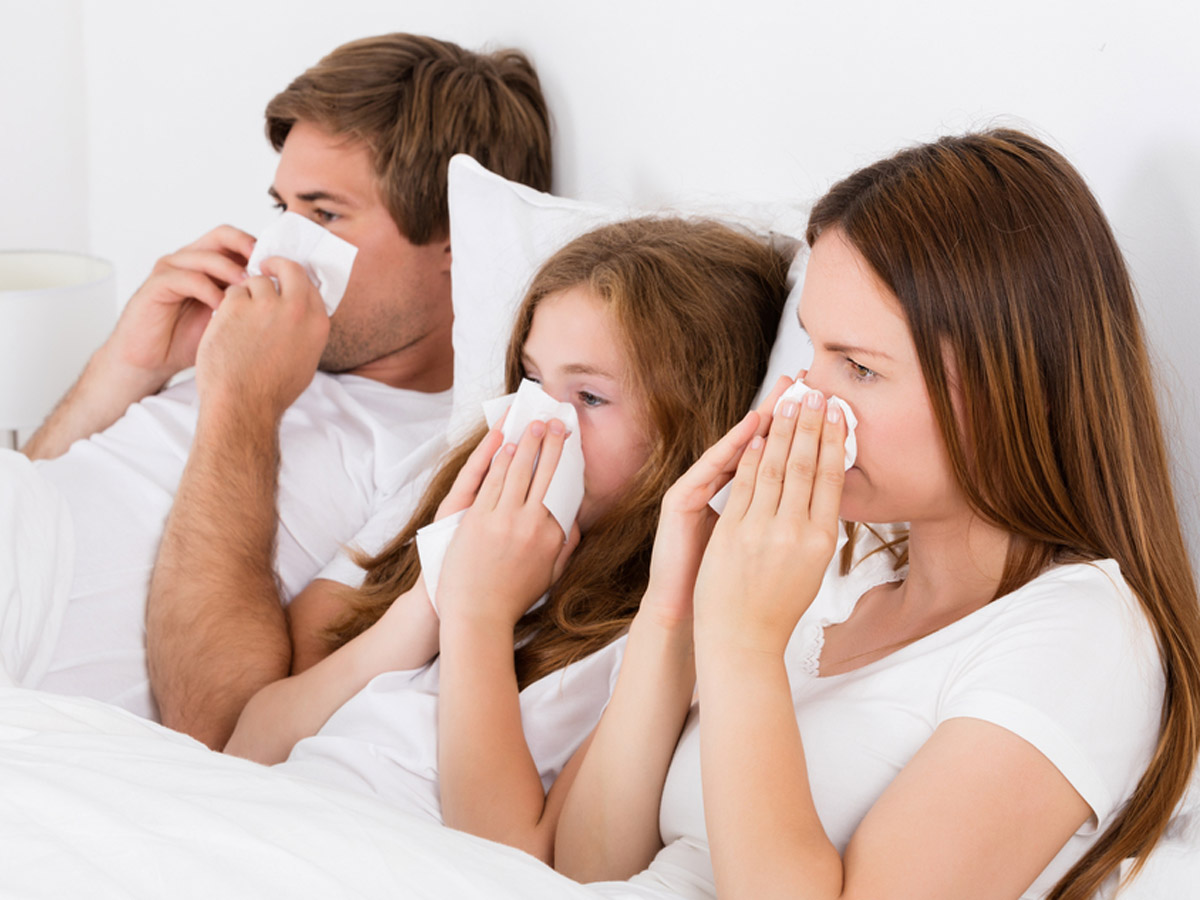
Colds
A cold is an acute respiratory infection of viral origin that primarily affects the nose and throat and may be accompanied by coughing. Once affected by the viruses, the nasal
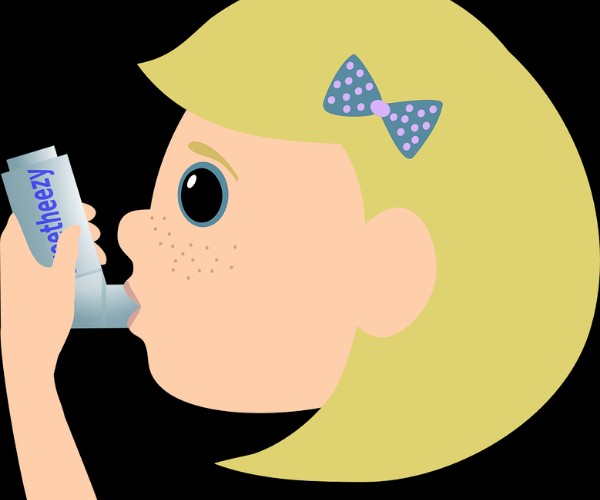
Allergic asthma
Allergic asthma is a chronic disease that affects the airways and, in particular, the bronchi, which are the channels that allow the passage of air to and from the lungs.

Rhinitis
Like all medical terms ending in “ite,” rhinitis refers to a situation of inflammation that specifically affects the mucous membranes of the nose (from the Latin, rhino) and can have

Respiratory failure
A condition of “respiratory failure” is present when the respiratory system is unable to ensure efficient gas exchanges through the lungs, preventing the maintenance of an adequate balance between oxygen
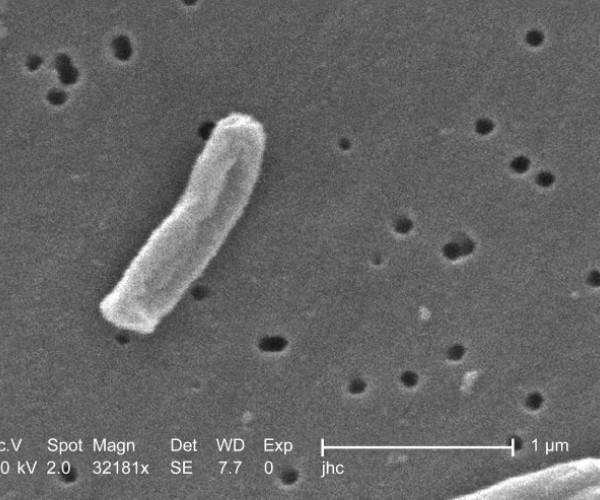
Tuberculosis
Tuberculosis is a chronic-onset infectious disease that primarily, but not only, affects the respiratory system. Dreaded until the 1940s in Western countries, tuberculosis was almost forgotten in the following decades,

Pneumonia
Pneumonia is a respiratory disease characterized by acute inflammation of the alveoli and/or interstitial spaces of the lungs, induced by different causes that are not always easy to identify. Inflammation
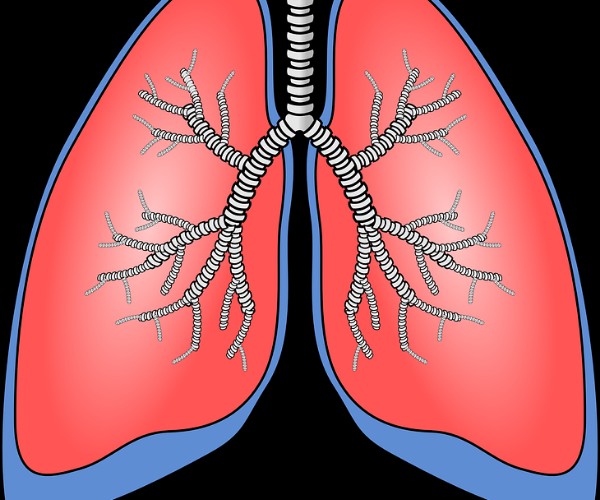
Bronchiectasis
The term “bronchiectasis” refers to a respiratory condition affecting the bronchi that is characterized by the presence of dilatations and degeneration of bronchial tissue, associated with the presence of “mucus

Chronic obstructive pulmonary disease (COPD)
According to the official definition, COPD is “a pathological condition of the respiratory system characterized by chronic and partially reversible airflow obstruction to which bronchial (chronic bronchitis), bronchiolar, (small airway

Pulmonary emphysema
Emphysema is a respiratory condition that is part of the clinical picture characteristic of chronic obstructive pulmonary disease (COPD) and is characterized by a progressive destruction of the lung septa

Measles
Measles is a viral infection found everywhere in the world; it is a disease that affects only humans, there are no animal reservoirs, no asymptomatic carrier status. WHO estimated there
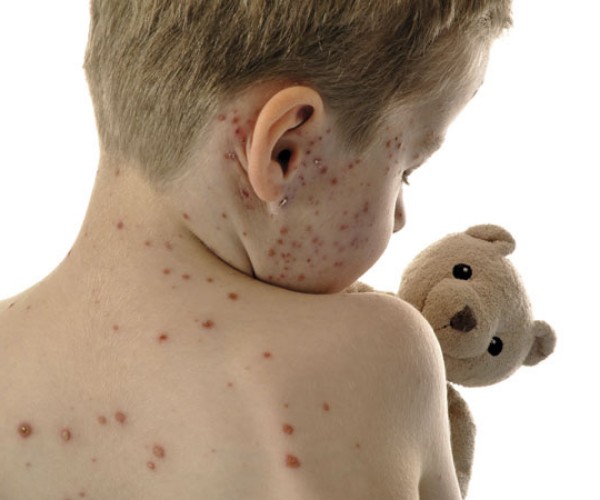
Rubella
Rubella is a disease caused by a virus that is transmitted from person to person by droplets from nasopharyngeal secretions. Rubella is endemic worldwide and, in the absence of specific

Parotitis
Mumps is an acute generalized viral infection, mainly affecting school-age children and adolescents. A disease is widespread throughout the world, and humans are the only natural hosts. A carrier state

Tetanus
Tetanus is a disease caused by Clostridium tetani, a gram-positive, anaerobic, sporigenic bacterium that enters the body through a wound and leads to systemic manifestations through a toxin (exotoxin). WHO

Chickenpox
Chickenpox to date remains the most prevalent vaccine-preventable disease in our country. It is transmitted airborne, person-to-person, through Pflugge droplets or by direct contact with skin lesions of patients with

Salmonellosis
Salmonella infection or salmonellosis is a bacterial infection that affects theintestines. This bacterium inhabits the intestinal tract of animals andhumans and escapes to the outside with theexpulsion of feces. It

Shock, medical emergency
It may happen that the circulation of blood through the body undergoes a sudden change giving rise to a condition of physiological shock, with decreased flow and crisis on the

Candidiasis
Candida Albicans and other related species can result in different types of infections. Cutaneous candidiasis include the condition of eroded skin between the toes, balanines the mycosis of the nails,

Food allergies and intolerances
Physical reactions to certain foods are common, but for the most part they are caused by afood intolerance rather than a food allergy. A food intolerance can cause some of

Obstructive sleep apnea
Repetitive episodes of upper airway obstruction may occur during sleep, often accompanied by reduced oxygen saturation. Such episodes are accompanied in almost all cases by snoring. Apneas often end with













